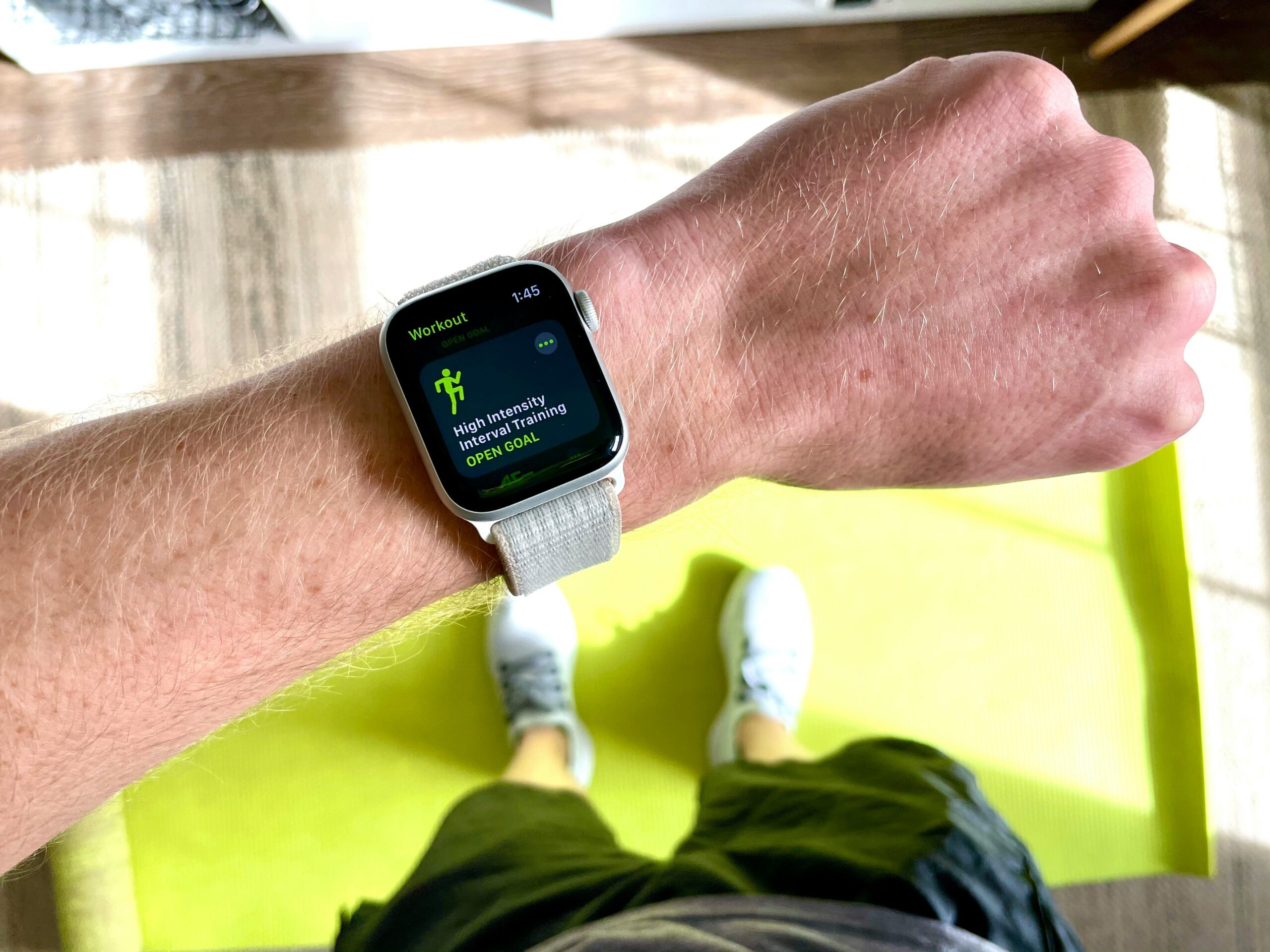Smartwatches have become essential fitness tools for those looking to track their workouts, monitor calories, and optimize weight loss. With advanced features like heart rate monitoring, step counting, and sleep tracking, these devices promise to revolutionize personal fitness. However, are they really the ultimate solution for weight loss and training? Let’s explore the advantages and disadvantages of using smartwatches for fitness, along with some popular models and their price ranges.

Advantages of Smartwatches for Weight Loss and Training
1. Activity Tracking and Motivation
Smartwatches track steps, calories burned, and active minutes, helping users stay accountable to their fitness goals. Many devices include daily movement reminders, which encourage users to stay active throughout the day.
2. Heart Rate and Health Monitoring
Most modern smartwatches come with heart rate sensors that provide real-time data during workouts. Some advanced models even measure blood oxygen levels, stress, and sleep quality, offering a more holistic view of health.
3. Workout Optimization
Smartwatches help tailor training by tracking performance metrics like pace, distance, and recovery time. Athletes and casual gym-goers can use this data to improve endurance, strength, and cardiovascular health.
4. GPS and Route Tracking
For runners, cyclists, and hikers, built-in GPS allows accurate route tracking without needing a phone. This feature helps users analyze their performance and adjust training plans accordingly.
5. Integration with Apps
Smartwatches sync with popular fitness apps like Strava, MyFitnessPal, and Apple Health, making it easier to log food intake, monitor hydration, and plan workouts effectively.
Disadvantages of Smartwatches for Weight Loss and Training
1. Accuracy Issues
While smartwatches provide valuable data, they are not always 100% accurate. Calorie burn estimates, heart rate readings, and step counts may have errors, leading to potential misinterpretations of progress.
2. Dependency on Technology
Relying too much on a smartwatch for motivation can lead to an unhealthy dependence on numbers rather than intuitive eating and exercise. It’s important to balance technology with mindful fitness habits.
3. Battery Life Limitations
Advanced features like GPS and continuous heart rate tracking drain battery life quickly. Some high-end models require daily charging, which can be inconvenient for users on the go.
4. Price and Affordability
Smartwatches range from budget-friendly to premium models, and some can be quite expensive. Users must consider their needs and budget before investing in a device.
Popular Smartwatches and Price Ranges
Here are some well-known smartwatches commonly used for fitness tracking:
- Apple Watch Series 9 – $399-$799
- Advanced health tracking, ECG monitoring, GPS, and fitness app integration.
- Garmin Forerunner 255 – $349-$499
- Designed for runners with detailed metrics, GPS, and heart rate tracking.
- Samsung Galaxy Watch 6 – $299-$429
- Comprehensive fitness and sleep tracking with Samsung Health integration.
- Fitbit Charge 6 – $159-$199
- Affordable option with essential tracking features and Google Fit compatibility.
- Coros Pace 2 – $199-$249
- Lightweight watch with excellent battery life and advanced performance analytics.
Summary
Smartwatches can be effective tools for weight loss and fitness tracking, but they are not a one-size-fits-all solution. While they provide motivation, convenience, and valuable insights, their accuracy limitations and cost may be concerns for some users. The key to success is using a smartwatch as a guide while maintaining a well-rounded fitness routine based on personal goals and consistency.
